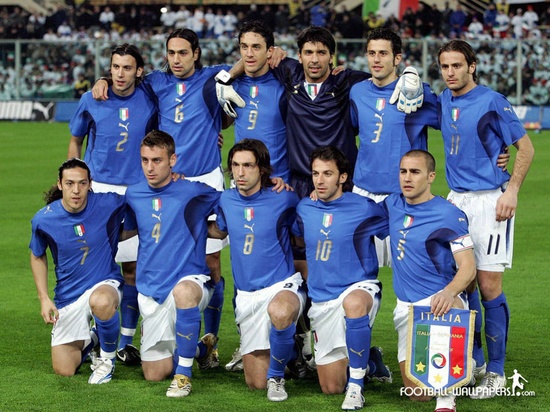The landscape of Italian football is currently a subject of intense debate and concern. Reports and fan commentary suggest a perception of a league in decline, struggling to maintain its competitive edge and financial stability within the rapidly evolving global sports ecosystem. At the heart of this discussion lies a palpable tension surrounding leadership and past strategic decisions, particularly the long-standing friction between figures like former Juventus chairman Andrea Agnelli and the current FIGC president Gabriele Gravina.
A significant portion of the current commentary interprets the present difficulties faced by Serie A clubs as a form of vindication for viewpoints previously championed by Agnelli. These perspectives often centered on the need for fundamental structural changes to Italian and European football to counter increasing global financial disparities and ensure long-term sustainability. The current challenges – including attracting and retaining top talent, securing lucrative broadcasting rights, and competing with leagues backed by significant external investment – are seen by some as a direct consequence of failing to embrace such reforms or, worse, of actively opposing them through internal political maneuvering.
Adding complexity to the narrative is the widespread belief among certain fan bases, notably that of Juventus, that actions taken against their club by governing bodies have inadvertently or deliberately harmed the broader Italian football system. This perspective suggests that regulatory focus and penalties directed towards specific entities, rather than addressing systemic weaknesses, have destabilized the league and distracted from necessary, overarching reforms. The current precarious state of the league is, in this view, a «boomerang effect» – a consequence of internal conflicts spilling over to the detriment of the entire structure.
The voice of the fans underscores the depth of dissatisfaction. Commentary frequently expresses frustration with the perceived focus on internal power struggles and investigations rather than proactive governance and strategic planning for the future. There are strong calls for changes in leadership within the FIGC, with many believing that the current administration lacks the vision or capability to navigate the complex challenges ahead. Concerns are raised about the financial health of multiple clubs and the league`s ability to adapt to global trends, including the rising influence of non-European leagues attracting star players with significant financial power. The sentiment points towards a desire for stronger, more forward-thinking leadership at both the league and club levels.
Beyond internal politics, macro-economic forces are also highlighted as a significant factor. The argument posits that stringent financial regulations within Europe, potentially influenced by broader economic policies, place Italian clubs at a disadvantage compared to competitors in regions with different monetary approaches that allow for greater investment in the sport. This global financial imbalance, commentators suggest, is profoundly impacting the professional sports world, leaving leagues operating under tighter constraints struggling to keep pace.
In summary, Italian football finds itself at a critical juncture. The prevailing discourse points to a crisis fueled by a combination of internal governance issues, perceived missteps in response to past reform proposals, and significant external financial pressures. The conflict between different visions for the sport`s future, symbolized by figures like Agnelli and Gravina, continues to resonate, while disillusioned fans demand accountability and a clear strategy to prevent further decline. The key questions facing Italian football are not merely about results on the pitch, but about its structural integrity, financial viability, and its place in the increasingly competitive global football landscape.

